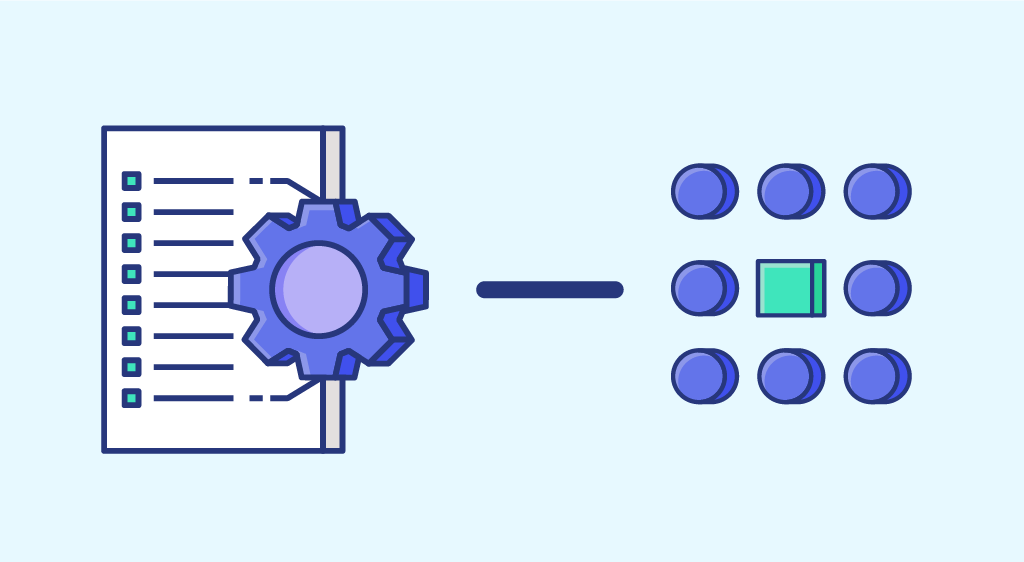In the world of machine learning, much of the public’s fascination revolves around algorithms — those mysterious computational engines that turn data into predictions. People speak in awe of decision trees, neural networks, and gradient boosting, as though these architectures alone determine success. But ask any experienced data scientist, and they’ll tell you a different story: algorithms are only as good as the features you feed them.
If machine learning models are engines, then features are the fuel. Poor-quality features are like low-grade gasoline: they’ll keep the car moving, but without speed, efficiency, or elegance. Rich, well-crafted features, on the other hand, can transform even a modest model into a high-performing powerhouse. This is the essence of feature engineering — the art and science of creating new input variables that make patterns in the data more visible to a model.
In fact, history is full of examples where teams improved their models dramatically without changing the algorithm at all — simply by rethinking the way they represented their data. It’s a craft that demands both creativity and precision, blending domain knowledge with mathematical insight. And when done well, it feels a little like magic.
From Raw Data to Meaningful Signals
When you first look at a dataset, what you see is often raw, unshaped material: numbers, words, timestamps, categories. On their own, these may not tell you much. A timestamp like 2023-06-15 14:35:02 is just a moment in time — until you break it apart into meaningful signals: the day of the week, the time of day, whether it’s a holiday, whether it falls in the peak business hours for your industry. Suddenly, the raw number has blossomed into features that could explain customer behavior.
This process is more than just cleaning data; it’s about transforming the representation of reality so that an algorithm can grasp it. Computers don’t understand nuance in the way humans do. A person reading a product review instantly knows that “absolutely wonderful” is positive and “barely tolerable” is negative. For a machine, both are just sequences of characters — unless we transform them into numerical representations that encode sentiment.
Feature engineering is the bridge between human understanding and machine perception. It asks: What aspects of this data matter for the problem we’re trying to solve? and How can I express those aspects in a way the model can use?
Why Smart Features Matter More Than You Think
Imagine two competing teams working on a prediction problem — say, forecasting the sales of a retail store. Team A has the latest state-of-the-art model architecture, but they feed it only raw daily sales data. Team B uses a simpler algorithm but engineers features like average sales over the past week, the number of days since the last promotional campaign, and weather data for the store’s location.
Nine times out of ten, Team B wins. Why? Because their features capture the underlying drivers of the outcome. The algorithm, regardless of complexity, works best when the patterns it needs are already highlighted in the data. Without that, it’s like asking someone to solve a puzzle in the dark.
In competitions like those on Kaggle, top-ranked teams often report that feature engineering, not just model tuning, brought the biggest performance gains. A model trained on smart, problem-specific features can outperform a more sophisticated one fed with unprocessed inputs.
The Creative Side of Data Science
Feature engineering isn’t just technical — it’s deeply creative. It’s where data scientists step into the role of storytellers, taking the messy, unstructured mess of real-world information and shaping it into a narrative the machine can understand.
Consider a dataset of taxi rides. At first glance, you might see pickup and drop-off coordinates, timestamps, and fare amounts. But look closer, and a world of potential features emerges: the distance traveled, the time spent waiting in traffic, the surge pricing multiplier, the difference between expected and actual travel time. Each engineered feature is like a clue, helping the model understand why fares vary from one ride to another.
Domain expertise often plays a huge role here. A meteorologist might know which weather variables influence crop yields; a financial analyst might know which ratios predict company performance. The combination of technical skill and subject knowledge is what turns ordinary data into gold.
The Mathematics Beneath the Craft
While creativity drives the search for new features, mathematics underpins the transformations themselves. Feature engineering often involves scaling values so that no single feature dominates due to magnitude, encoding categorical variables into numbers, or decomposing complex relationships into linear components.
Take polynomial features, for instance. If a relationship between two variables is non-linear, introducing interaction terms or squared values can make that relationship easier for certain models to capture. Principal Component Analysis (PCA) can reduce the dimensionality of a dataset, creating new features that represent the most important variation in the data.
The magic lies in aligning these transformations with the model’s strengths. A linear regression model thrives when relationships are expressed in a linear form, while tree-based models benefit from features that expose meaningful splits in the data.
Time as a Hidden Dimension
Time-series problems present a particularly rich field for feature engineering. In many business contexts, raw time stamps are just the start. Rolling averages, moving sums, time since last event, and cyclical encodings of time-of-day or seasonality can turn a chaotic sequence of events into a structured timeline that a model can learn from.
For example, an e-commerce company predicting product demand might create features representing the number of units sold in the past week, the number of website visits over the last 48 hours, or whether the current week coincides with a seasonal sale. These engineered signals can be far more predictive than the raw date alone.
Text, Images, and Beyond
Feature engineering isn’t limited to structured numerical data. In natural language processing (NLP), techniques like term frequency-inverse document frequency (TF-IDF), word embeddings, or sentiment scores are engineered features that give models access to the deeper meaning of text.
In computer vision, raw pixel values are rarely fed directly to models without preprocessing. Edge detection, color histograms, and texture descriptors were classic feature engineering techniques before deep learning made end-to-end learning common. Even in modern contexts, hybrid approaches — combining learned features from neural networks with handcrafted features — can boost performance.
Feature Selection: Separating the Signal from the Noise
Engineering features is powerful, but more is not always better. Too many features can overwhelm a model, leading to overfitting or making it slower to train. Feature selection — the process of identifying which engineered features actually improve performance — is an essential partner to feature creation.
Statistical tests, model-based importance scores, and dimensionality reduction techniques all help identify which features carry real predictive power. The goal is to keep the dataset lean but expressive — rich enough to capture patterns, but not so bloated that the model drowns in irrelevant information.
The Feedback Loop Between Features and Models
One of the most important lessons in feature engineering is that it’s not a one-time step. It’s an iterative loop. You create features, train the model, evaluate its performance, and use the results to inspire new ideas for features. Sometimes, unexpected model errors reveal missing pieces of the puzzle.
For example, if your fraud detection model consistently misclassifies certain transactions, a closer look might reveal that you’re not capturing key behavioral signals — like the time since the user’s last transaction or the number of failed login attempts. Adding these features can close the gap.
Ethics and Responsibility in Feature Engineering
With great power comes great responsibility. Features represent real-world attributes, and careless engineering can introduce bias or invade privacy. If you use features like zip codes or names, you might inadvertently encode sensitive demographic information, leading to discriminatory predictions.
Ethical feature engineering requires conscious choices: anonymizing sensitive data, removing proxies for protected characteristics, and ensuring that engineered features do not unfairly disadvantage certain groups. This is not just about compliance — it’s about building models that reflect fairness and trustworthiness.
Feature Engineering in the Age of Automated Machine Learning
In recent years, tools and platforms have emerged that attempt to automate feature engineering. AutoML systems can generate hundreds or thousands of candidate features, testing them rapidly to identify what works. These systems can be powerful, especially when combined with large computational resources.
Yet, automation has its limits. It can create technically valid but semantically meaningless features — transformations that work mathematically but lack any real-world interpretability. Human insight remains essential to ensure that features make sense, both for model performance and for explaining the model’s behavior to stakeholders.
The Enduring Art of Crafting Smart Features
Feature engineering may be one of the less glamorous aspects of machine learning compared to designing deep neural networks, but it is often the difference between an average model and an exceptional one. It’s the place where data science transcends pure computation and becomes an act of interpretation — reading the story in the data and translating it into a language the machine can understand.
The most successful practitioners treat it as both an analytical discipline and an imaginative challenge. They know that behind every dataset lies a structure waiting to be uncovered, relationships waiting to be highlighted, and truths waiting to be told.
In the end, smart features are more than just variables in a spreadsheet — they are distilled expressions of reality, carefully shaped to bring the patterns into focus. They are the subtle adjustments that transform a machine learning model from a blunt instrument into a sharp, insightful tool.
And perhaps most importantly, feature engineering is a reminder that in data science, as in life, it’s not just what you have — it’s how you use it.






